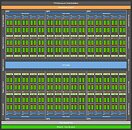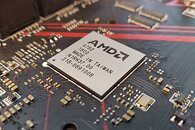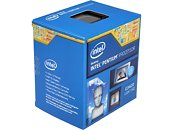
Microsoft Shifting Near-Term Focus away from Windows 10X Dual Screen Solutions, Surface Neo delayed
Microsoft has decided to shift its focus away from Windows 10X dual-screen laptop solutions in the near term, according to the report from ZDNet. Due to the COVID-19 pandemic that has happened recently, Microsoft's Chief Product Officer Panos Panay internally informed his team that Microsoft will not be focusing its efforts on delivering the Windows 10X based dual-screen laptops this year. However, Microsoft is committed to that idea and will not shift away from it completely, it is just taking a rest for now. This is bad news for everyone that was hoping to get Surface Neo dual-screen laptop that was meant for the Holiday season of 2020. In addition to Surface Neo not shipping this year, Microsoft isn't enabling any new Windows 10X dual-screen device to ship this year either.
What Microsoft is focusing on, however, is to get Windows 10X firstly on single-screen devices. That means that regular laptops should be getting the Windows 10X treatment sometime this year so vendors can launch products to compete with Chromebook devices, based on Google's ChromeOS.
What Microsoft is focusing on, however, is to get Windows 10X firstly on single-screen devices. That means that regular laptops should be getting the Windows 10X treatment sometime this year so vendors can launch products to compete with Chromebook devices, based on Google's ChromeOS.


























































